A Life Interrupted: The Disappearance of Rey Rivera
On May 16, 2006, Rey Rivera, a 32-year-old writer and aspiring filmmaker, left his Baltimore home in a rush after receiving a phone call. He never returned. Rivera, originally from Madrid, Spain, had moved to Baltimore with his wife, Allison, to work for his friend Porter Stansberry’s financial publishing company, Stansberry & Associates. Known for his passion for screenwriting and water polo, Rivera was described as a devoted husband with big dreams of returning to Los Angeles to pursue a film career. His sudden disappearance, followed by the discovery of his body eight days later in the Belvedere Hotel, sparked a mystery that remains unsolved nearly two decades later. The case, featured in Netflix’s Unsolved Mysteries reboot in 2020, has drawn intense speculation due to its bizarre details, conflicting evidence, and unanswered questions.
Rivera’s death was officially ruled “undetermined” by the Baltimore Medical Examiner, though police leaned toward suicide. However, his family, forensic experts, and amateur sleuths argue the evidence points elsewhere—potentially to foul play. From a cryptic note taped to his computer to intact personal items found near his body, the case defies easy explanation. This article dives deep into the facts, evidence, and theories, aiming to provide the most comprehensive resource on Rey Rivera’s unsolved death. For those intrigued by the case, the Belvedere Hotel’s historical significance and its role in Baltimore’s Mount Vernon neighborhood add a layer of intrigue, with public tours occasionally available through local historical societies.
Unraveling the Final Moments
Rey Rivera’s last known actions began with a phone call traced to the switchboard of Stansberry & Associates, though the caller’s identity remains unknown. A houseguest, Claudia, reported Rivera answering the call around 6:30 p.m., exclaiming he was late, and rushing out with only his keys, phone, and a small amount of cash. His wife, Allison, was on a business trip in Virginia, and when she couldn’t reach him that evening, concern grew. By the next morning, with Rivera still missing, Claudia alerted Allison, prompting a frantic search. On May 23, Allison’s parents found Rivera’s black Mitsubishi Montero parked in a lot on St. Paul Street, near his workplace. The lot attendant recalled ticketing the car on May 17, suggesting it had been there since the day after Rivera vanished. No significant clues were found in the vehicle, deepening the mystery. The discovery of the car shifted the search to the Mount Vernon neighborhood, a historic area known for its cultural landmarks, including the Belvedere Hotel, which would soon become central to the case.
The breakthrough came when Rivera’s coworkers at Stansberry & Associates, standing atop a nearby parking structure, noticed a hole in the roof of the Belvedere Hotel’s south wing annex. Police investigated and found Rivera’s badly decomposed body in an unused conference room directly beneath the hole. The scene raised immediate questions. The hole was roughly 43 feet horizontally from the hotel’s main roof, requiring a significant leap or force to reach. Rivera, wearing flip-flops or possibly barefoot, would have needed to sprint at 10 miles per hour to cover the distance, a feat deemed unlikely given the short runway of the hotel’s mansard roof. Furthermore, his cell phone and eyeglasses, found intact near the hole, showed minimal damage despite the alleged 177-foot fall. One flip-flop had a broken strap, and drag marks were noted on another, suggesting a struggle or staging. These details, combined with the lack of witnesses or surveillance footage—due to a disconnected roof camera—fuel skepticism about the official narrative. Mikita Brottman, a Baltimore resident who lived in the Belvedere at the time and authored An Unexplained Death, reported hearing a crash on May 16, which she later connected to Rivera’s fall, adding a haunting firsthand perspective to the timeline.
Evidence That Defies Explanation
The physical evidence in Rivera’s case is a tangle of contradictions. The Medical Examiner noted injuries inconsistent with a fall, particularly the way Rivera’s shins were broken, which forensic experts like Miryam Moya, a specialist in impact biomechanics, likened to injuries from being beaten or hit by a car. Moya’s book, Rey Rivera, Suicide or Homicide: There Is Only One Truth, and Science Holds the Key, argues the injuries suggest Rivera was already severely injured before entering the conference room. The intact condition of his phone and glasses further complicates the fall theory, as does the absence of his money clip, an item he always carried. Allison found a penny with a heart cutout—given to Rivera by her—on his body, a poignant detail that raises questions about why he took it that day. The conference room itself, rarely used and accessible only through specific hotel routes, adds to the suspicion that Rivera’s body was placed there deliberately, with the hole created to simulate a fall. Investigative journalist Stephen Janis, who covered the case for The Real News Network, has pointed to the possibility that Rivera was killed elsewhere and moved to the room, a theory echoed by many who question the logistics of the roof jump.
Perhaps the most enigmatic piece of evidence is the note Allison discovered taped to the back of Rivera’s computer, written in small font and dated the day he disappeared. The note, which included references to Freemasonry, movie titles like The Game and Eyes Wide Shut, and lists of celebrities, friends, and coworkers, baffled investigators. The FBI analyzed it and concluded it was not suicidal, though some speculated it hinted at a psychological disorder. Allison, however, emphasized that Rivera frequently wrote eclectic notes and journals, and she found no strong connection to The Game—a film where a character jumps through a glass ceiling—despite online theories suggesting Rivera tried to recreate the scene. The note’s mention of Porter Stansberry and its cryptic tone have fueled speculation about Rivera’s work environment. Stansberry & Associates, under scrutiny by the SEC for fraudulent newsletters, imposed a gag order on employees after Rivera’s death, and Stansberry himself declined interviews, raising suspicions. While no direct evidence ties Stansberry to the case, the company’s legal troubles and the mysterious phone call from their switchboard remain points of contention. For those seeking further insight, Moya’s book and Brottman’s An Unexplained Death offer detailed analyses, available through independent publishers or local Baltimore bookstores.

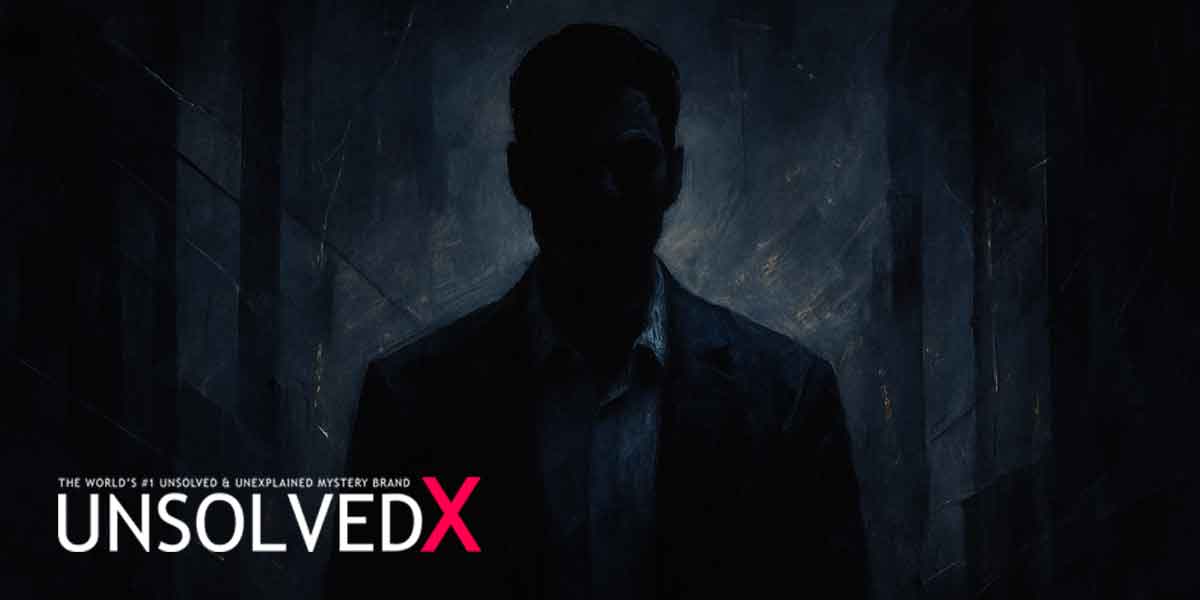
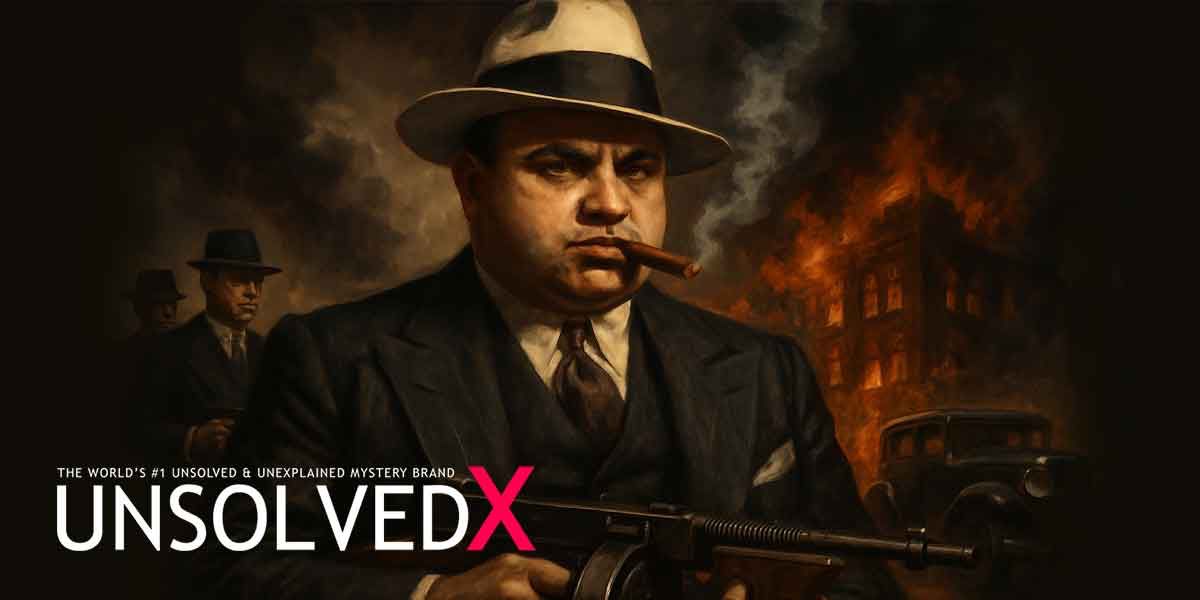
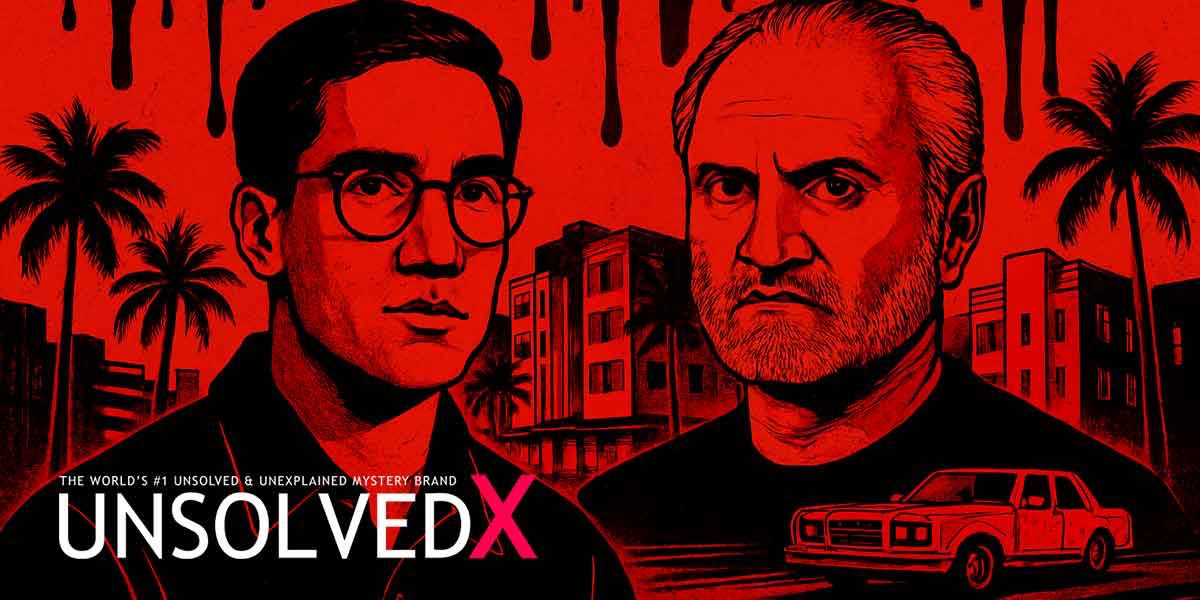
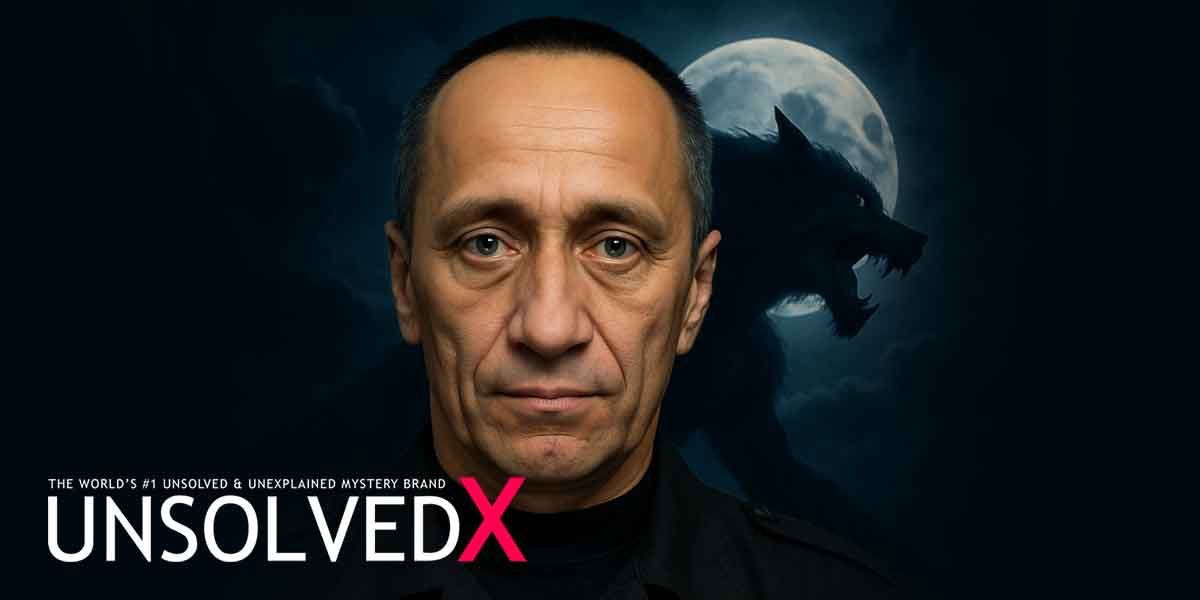
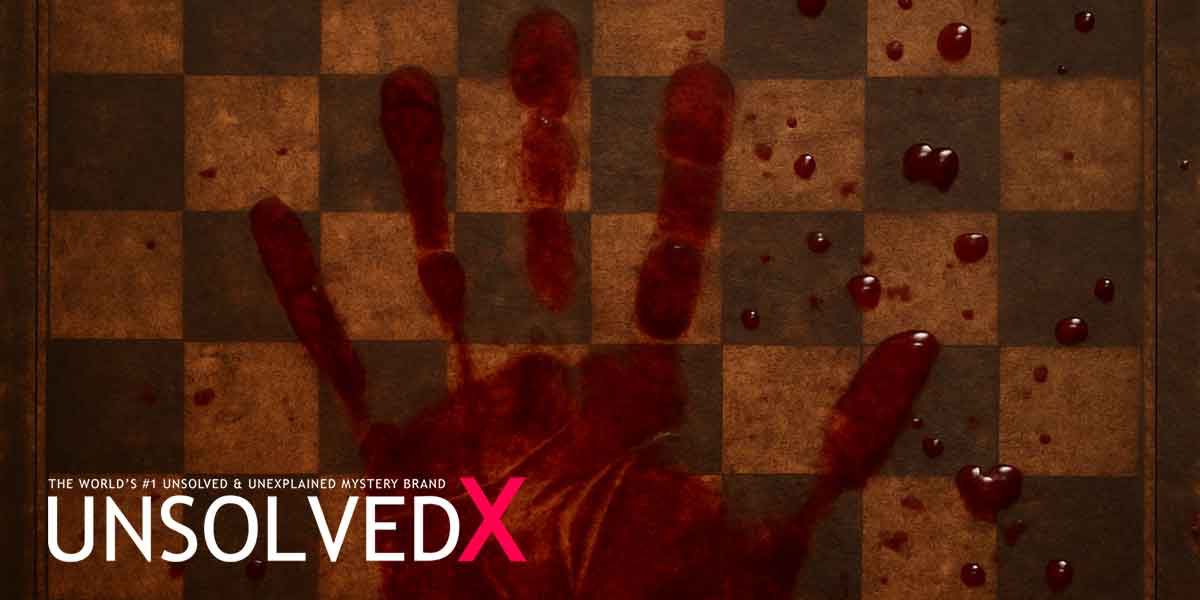




Comments
Comments section coming soon!